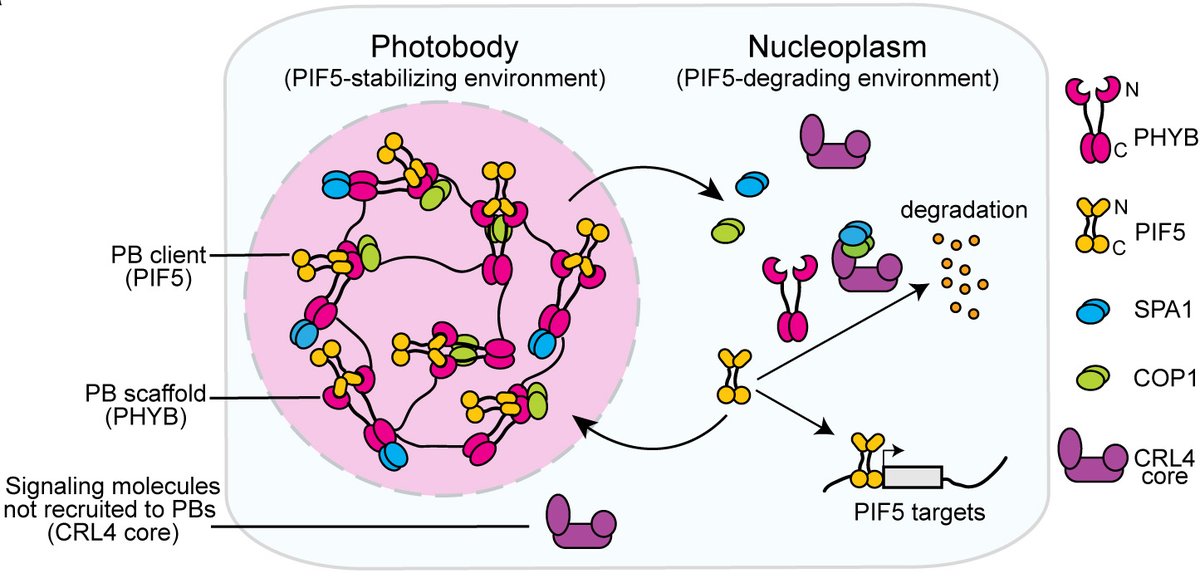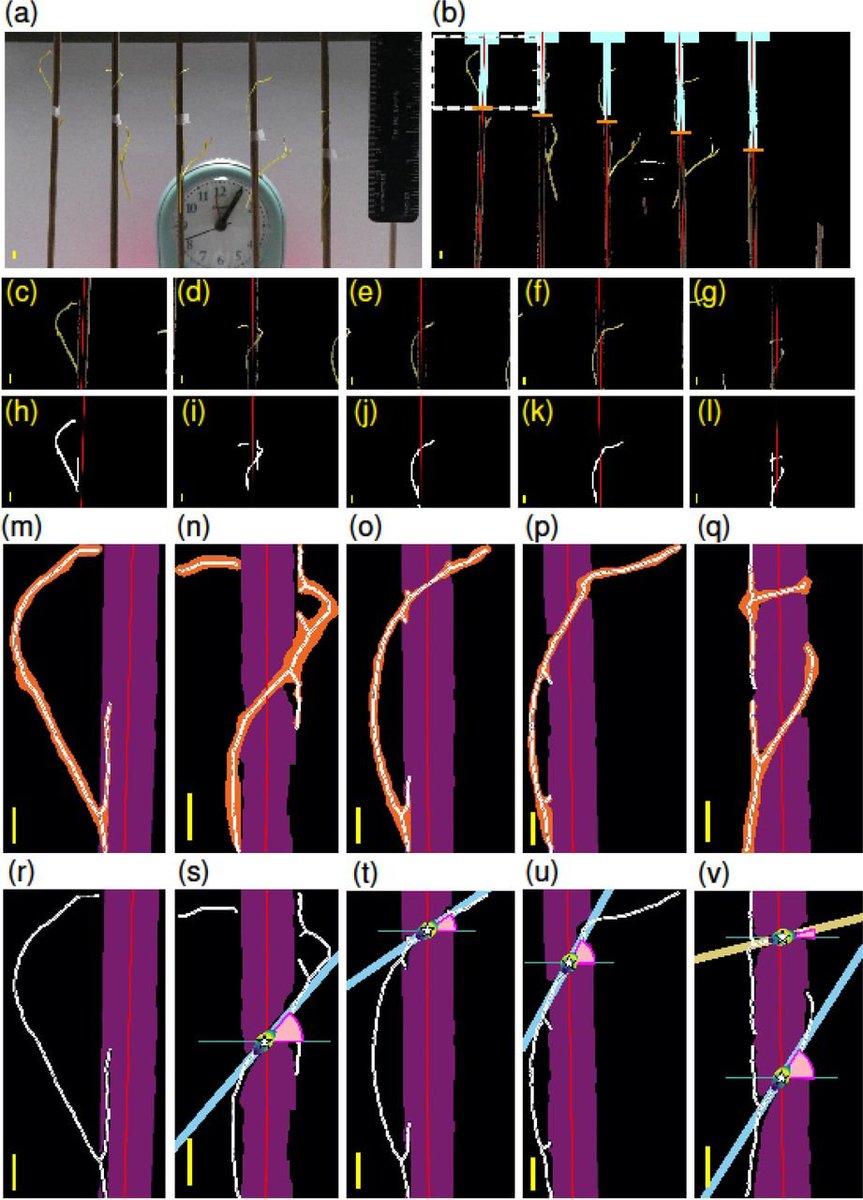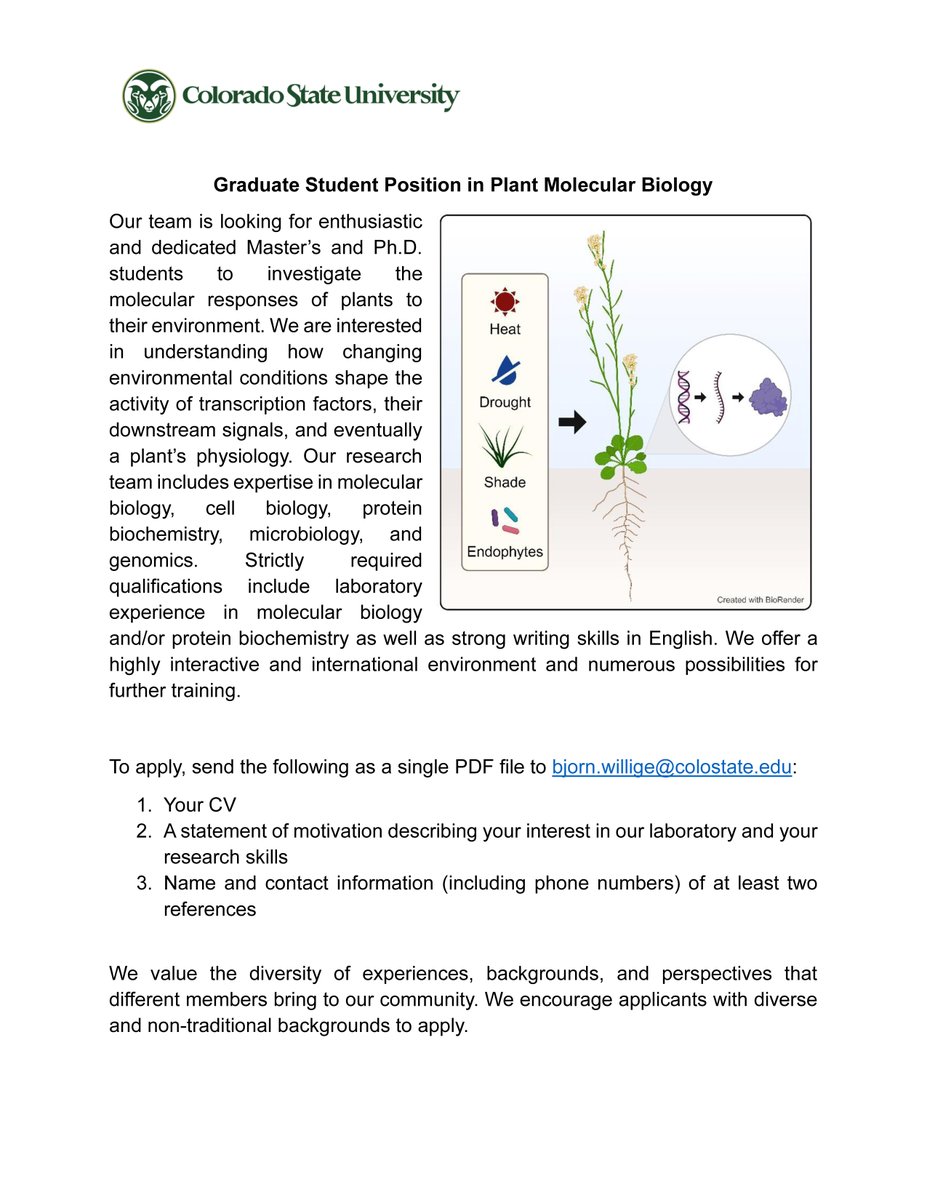
Marco Bürger
@plantxray
Structural biologist @salkinstitute | @ASPB Western Section Rep to Membership Committee and Council | PhD @mpimoph | @UniOsnabrueck alum
ID: 1121575439636393993
http://www.plantxray.com 26-04-2019 00:43:17
376 Tweet
336 Followers
466 Following
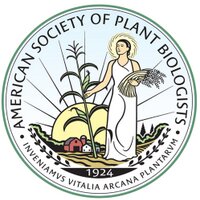



The first paper of our new lab at Colorado State University is out. Big thanks to Chan Yul Yoo for collaborating with us on this review. If you are interested in the function of biomolecular condensates that are regulated by environmental cues, please take a look: academic.oup.com/plcell/advance…



Chemistry of Strigolactones, Key Players in Plant Communication - Daignan‐Fornier - ChemBioChem - Wiley Online Library …mistry-europe.onlinelibrary.wiley.com/doi/10.1002/cb… icsn_upr2301 CNRS Chimie

A potential role of heat‐moisture couplings in the range expansion of Striga asiatica Ecology and Evolution #parasiticplants onlinelibrary.wiley.com/doi/10.1002/ec…
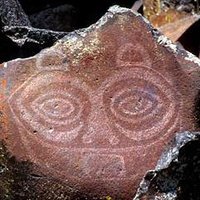

Greatly honoured to give this week’s Friday seminar John Innes Centre on “Mechanisms of Interactions in a Plant-Plant Pathosystem” Please feel free to share the registration link ⬇️ jic.link/FS-Runo Saskia Hogenhout Sophien Kamoun


Mysterious plant hormones called strigolactones have long eluded scientists. Yet understanding how plants use them to adapt & survive can help improve agriculture. New work by UC San Diego engineers could made it easier to get to the root of these hormones. today.ucsd.edu/story/microbia…
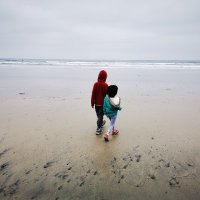
Thrilled to share our work using microbial cell factory to investigate strigoractone biosynthesis and evolution. So fortunate to work with such an amazing team of scientists. Dave Nelson Nitzan Shabek science.org/doi/10.1126/sc…



Happy to share our work published in PNASNews. Grateful to contributing authors and my amazing supervisor Lena Maria Müller . 🧬🧪 Salk Institute UC San Diego pnas.org/doi/10.1073/pn…

Delighted to share this protocol with the scientific community. This is a follow up to the article: sciencedirect.com/science/articl… @lena_m_mueller Marco Bürger Joanne chory Link: star-protocols.cell.com/protocols/4142





